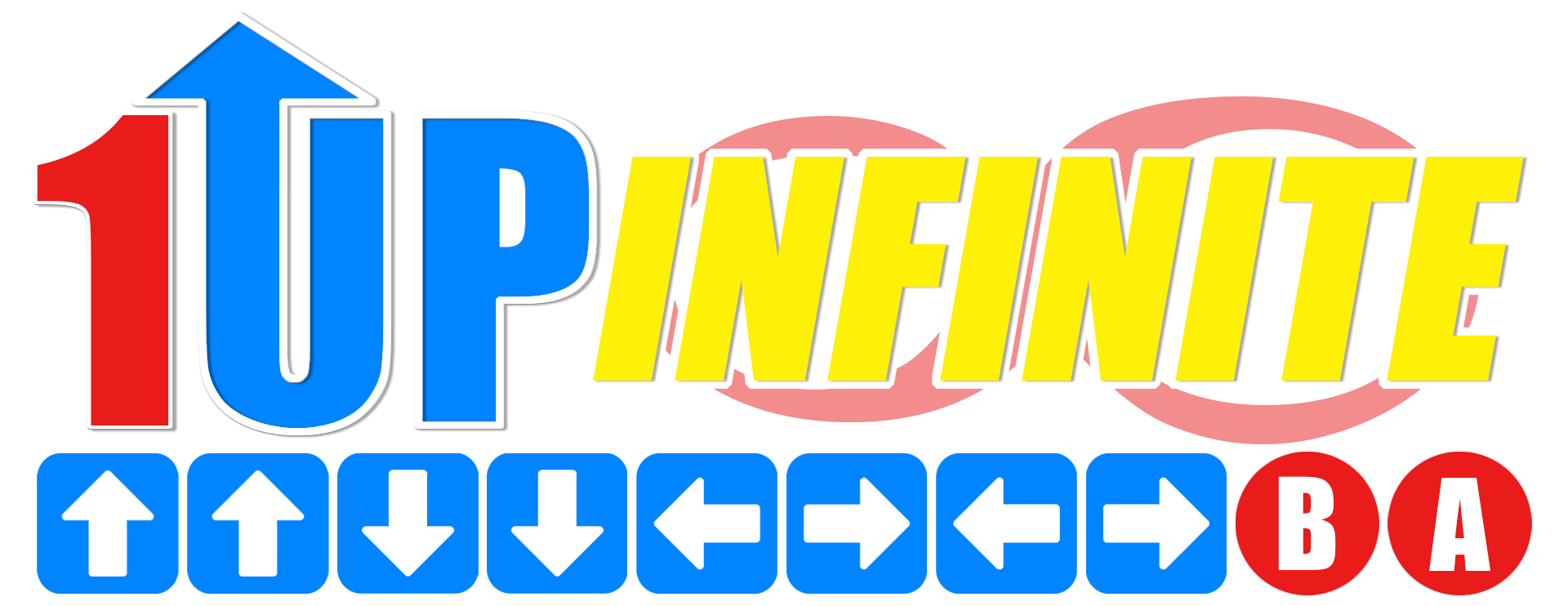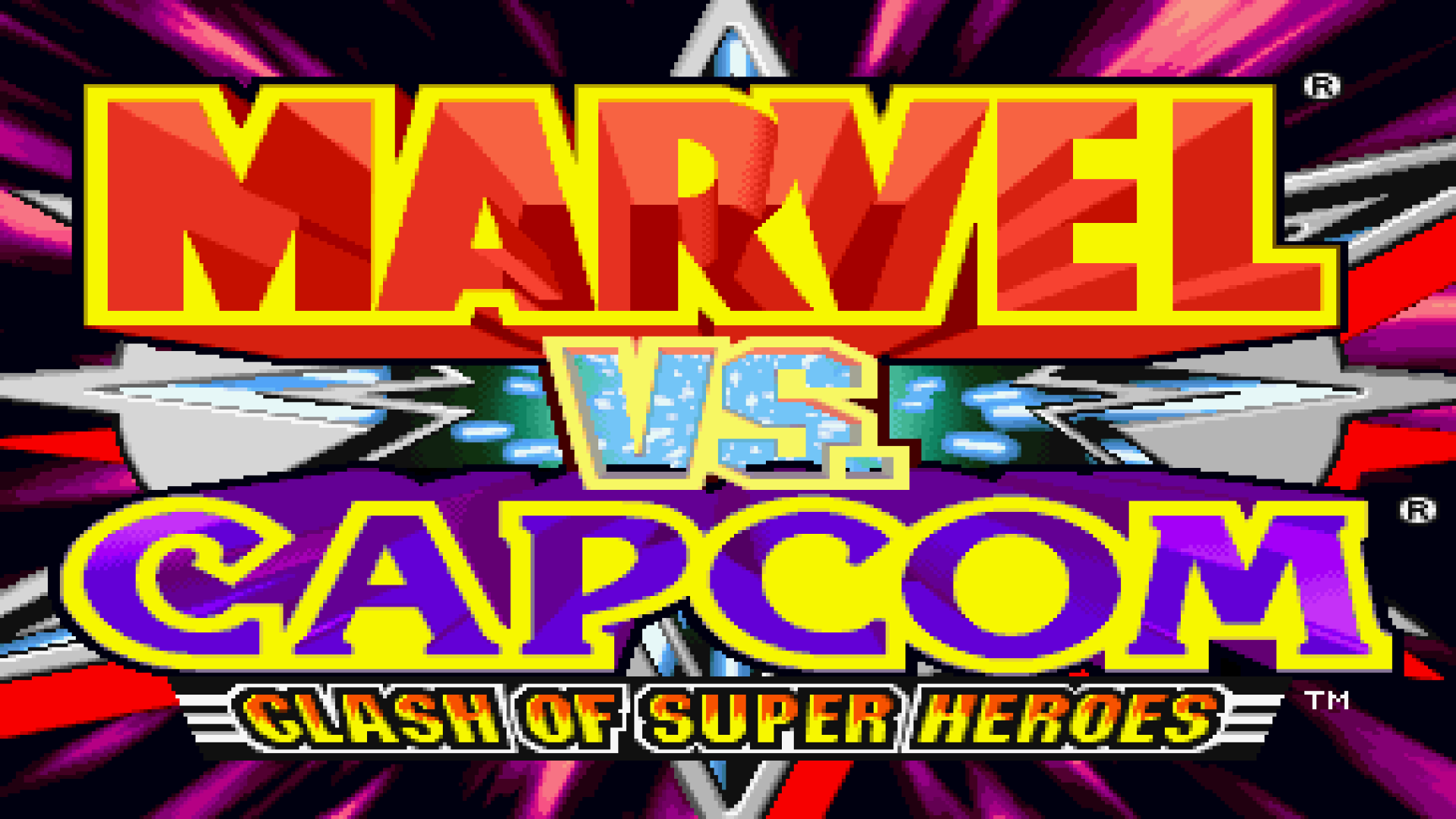Marvel vs. Capcom: Clash of Super Heroes
Marvel vs. Capcom is an interesting title during an era where console gameplay didn't quite reach the gold standard of arcades back then. The hardware was far too advanced for a home console to properly emulate and many compromises were often made. The PlayStation version of Marvel vs. Capcom is such an example that it's almost a completely different game altogether. Before I go into detail on the plethora of differences, here's a brief history lesson on how this "dream match" between two unlikely companies came about.
Despite becoming a breakout series on its own, Marvel vs. Capcom was the third game in the long-running collaboration between the two media giants. In 1994, Capcom developed their first arcade Marvel fighting game, X-Men Children Of The Atom, which led to Marvel Super Heroes and finally X-Men vs. Street Fighter as the first tag team game in the series. While we take "arcade perfect versions" of video games for granted these days, thanks to the power of modern hardware, the 90s were a different experience as mentioned earlier. While the first three Vs. games would receive acclaim, their console counterparts were seen as inferior due to the hardware limitations.
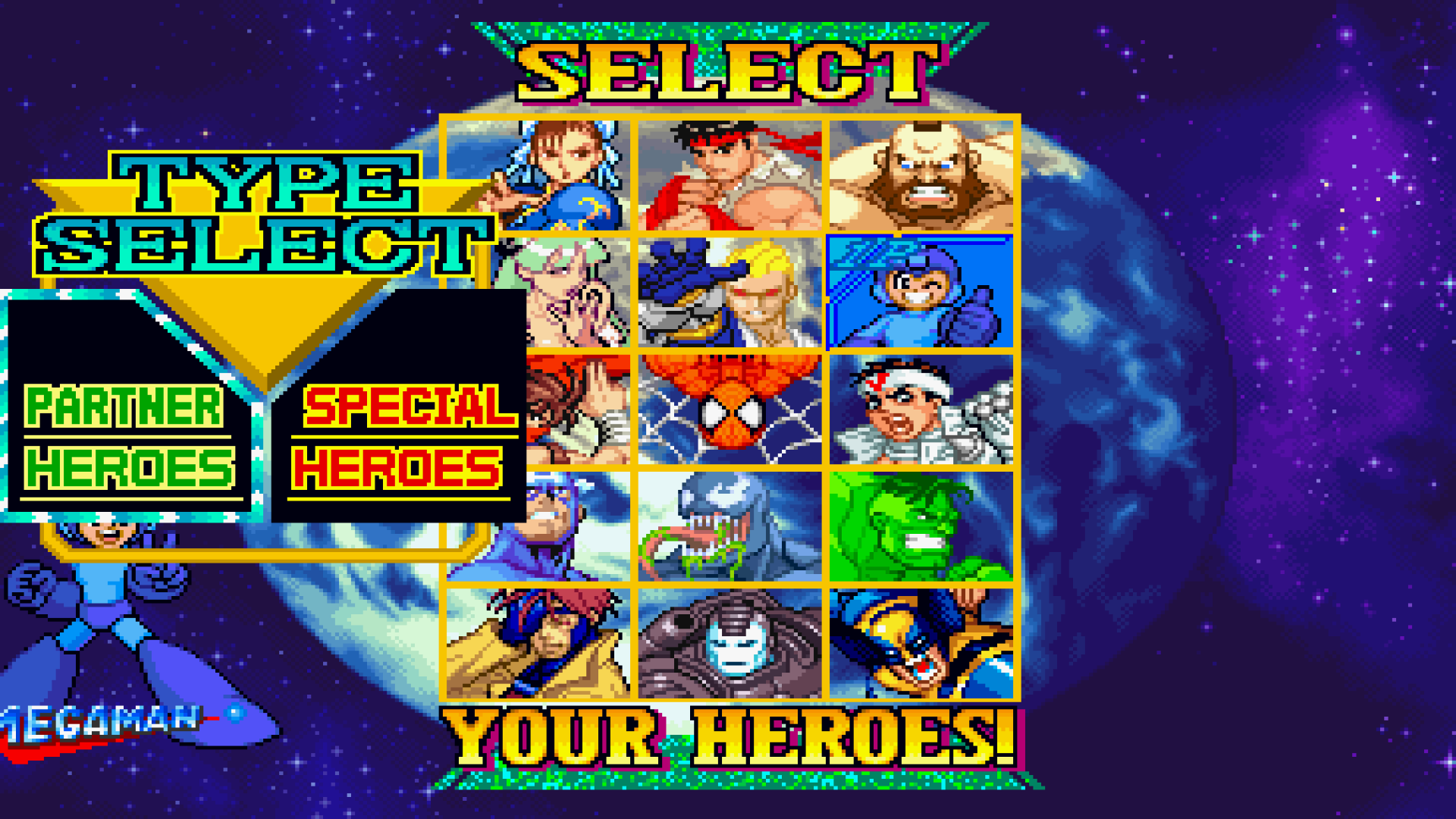
I touched upon this during my King of Fighters series retrospection, but SNK's console ports had to endure several layers of compromise to fit on the disc without losing the integrity of the original arcade versions. One advantage these games had on the Sega Saturn over the PlayStation was the inclusion of a memory expansion upgrade that allocated the memory towards faster loading times and other quality-of-life changes. Capcom suffered similar problems with their fighting game ports, with the Saturn kept close to being arcade-perfect thanks to these same advantages.
From both companies, however, the PlayStation ports were always considered "bottom of the barrel" as what players received with their console was what they got. The lack of memory expansion meant that optimal gameplay mechanics, including tag battles, were significantly changed. Tagging in your partner is the main mechanic within the Vs. titles and Marvel Vs. Capcom was no different. Having the creative freedom to pick two characters that represent two different playstyles meant it was always possible to keep your opponents on your toes. It also meant that matches were unpredictable with a looming threat waiting in the wings for the opponent at any given time.
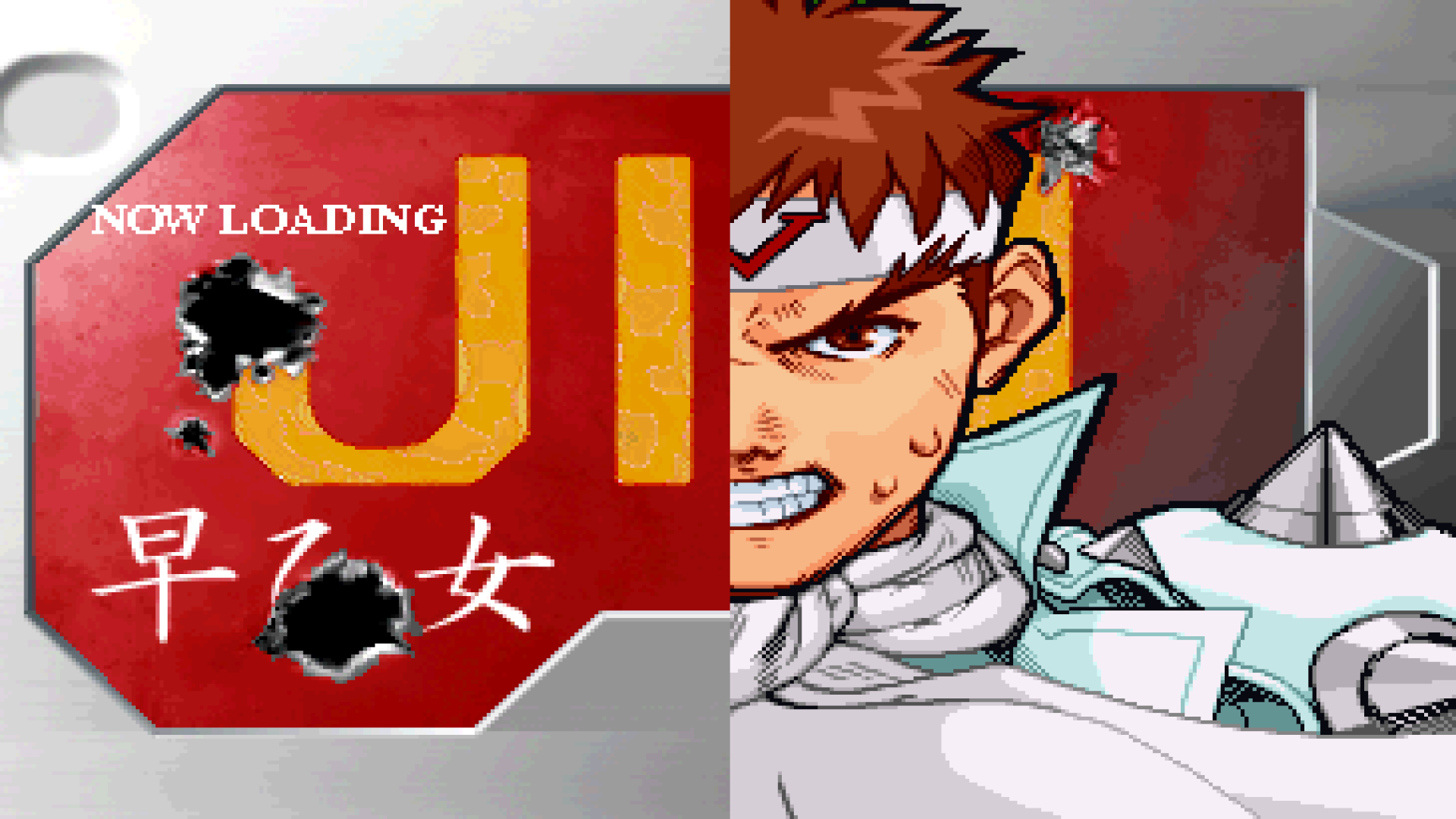
While the Sega ports of the Vs. games retained the tag-team mechanic, the PlayStation versions removed tag-team altogether. Players could still pick a "team," but whoever the player chose first would be their main character. The "second" character is an assist, split between the innate By default, there are two rounds and the winner of that round keeps their life bar into the second round. It plays similarly to Vampire Savior and how each life bar represents a "different round" for a player. The only way that the secondary character can be called upon is for "tag-team" hyper combos.
In the original arcade versions, players can "tag" their partner by linking a super with their partners. This has historically been called "DHC," or "Delayed Hyper Combo." While the double tag-team super is a nice touch, you cannot tag your partner and they return back to reserves once the combo has finished. However, like the arcade version, the opponent can punish the player by attacking their partner as they assist on the screen. These mechanics would be expanded upon in greater detail in Marvel Vs. Capcom 2, where each reserved character had an "assist attack" to complement the controlling character.
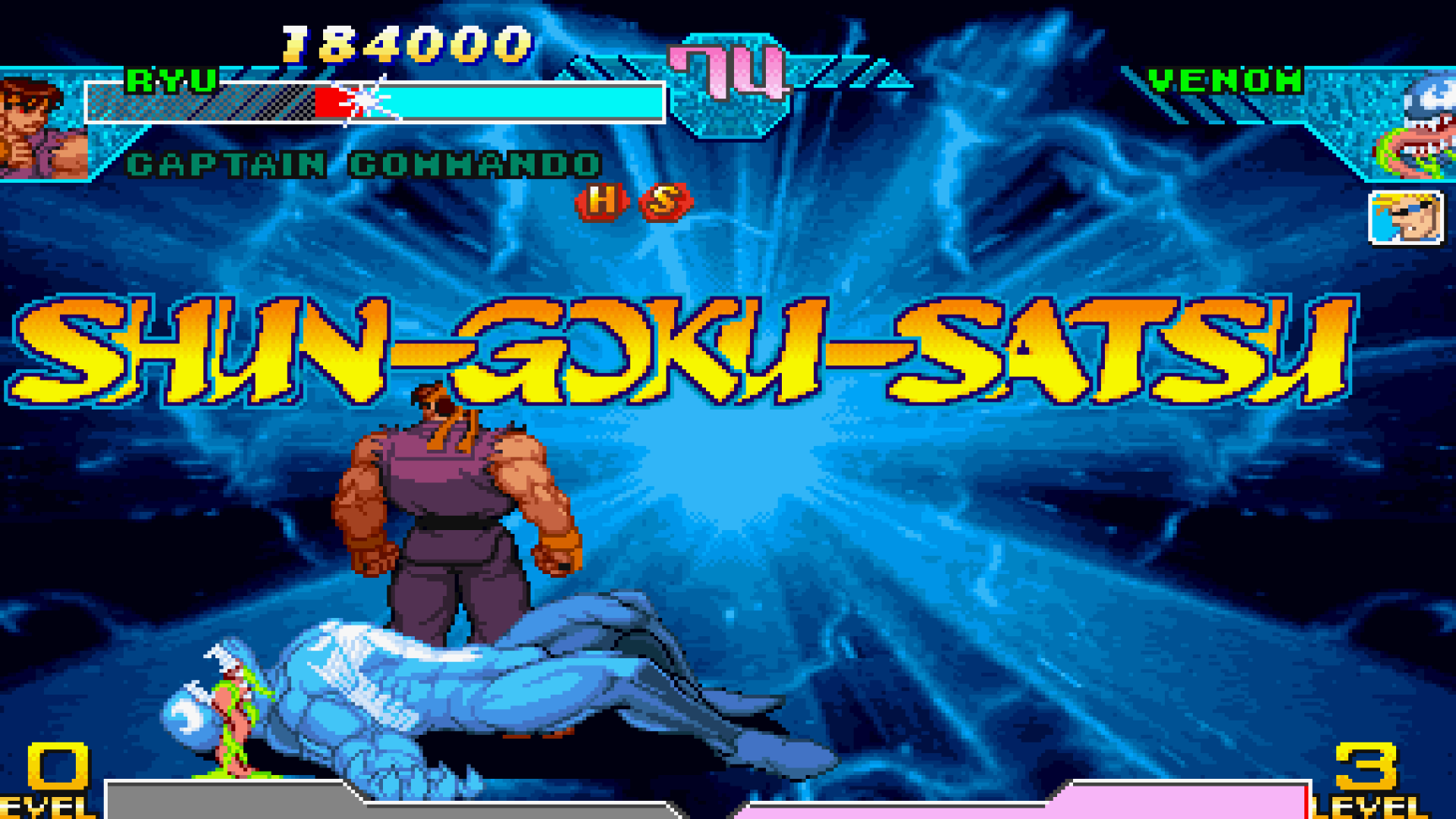
This effectively made the PlayStation version of Marvel Vs. Capcom into a single-character fighting game with access to assist characters. In a one-on-one setting, certain characters were stronger than others by simply having momentum that made certain matchups lopsided. War Machine, which already was considered a powerful threat, was made powerful because of a lack of opposition. While the rich got richer, the lesser characters in the roster also benefitted.
Certain characters were able to access opportunities for damage that wouldn't be possible in the arcade version. Each character had the ability to "DHC" into their own hyper combos, provided they had enough meter to link all three supers together. While this mechanic would feature prominently in Arika's Street Fighter EX series, this also takes a page from The King of Fighters with "dream cancels." This made this version of Marvel feel more like an "SNK-style" tag-based game in an ironic twist of fate, considering the limitations both companies faced with the Sony hardware.
Overall, aside from the changes made to the gameplay system, largely to account for the lack of a proper tag-team mechanic through normal means, Marvel Vs. Capcom on the PlayStation doesn't get a recommendation. Not because it's a terrible port, I mean, I played this version back when I was seven and I assumed this was how Marvel was meant to be played. I realized fairly quickly from Marvel Vs. Capcom 2 onward that this wasn't the case. When I finally had the chance to play the original arcade version, I was completely lost.
Other exclusives include giving Mega Man a new Super Combo after beating arcade mode with him. Holding select will grant him Onslaught's Magnetic Shockwave, which in turn was Magneto's Magnetic Shockwave. While I'm not sure if this was included in Marvel Vs. Capcom 2, it's a fun novelty that doesn't break the character.
Fans who want a glimpse of the original arcade gameplay can rejoice in "cross over" mode. This is a mode where Player 1 chooses a character and Player 2 chooses one. Player 1's partner is the character Player 2 chose and vice versa. This was the only way the PlayStation could handle the tag team mechanic as the assets are shared between both players rather than four unique characters at the same time.
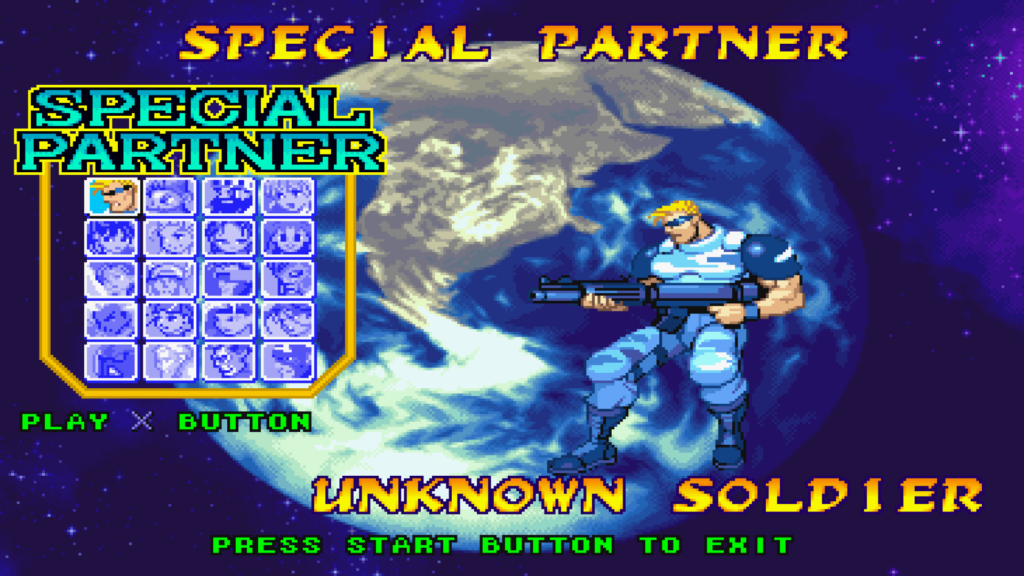
For veterans of the game and the series in general, this is one of the most dynamic ways to play a timeless classic. It forces a complete different meta with rounds as fast paced as the Vampire series. While it's not "pure" Marvel, the PlayStation port of Marvel Vs. Capcom is worth a play with a friend of equal skill level, just to dispel the notion that "less equals inferior."
